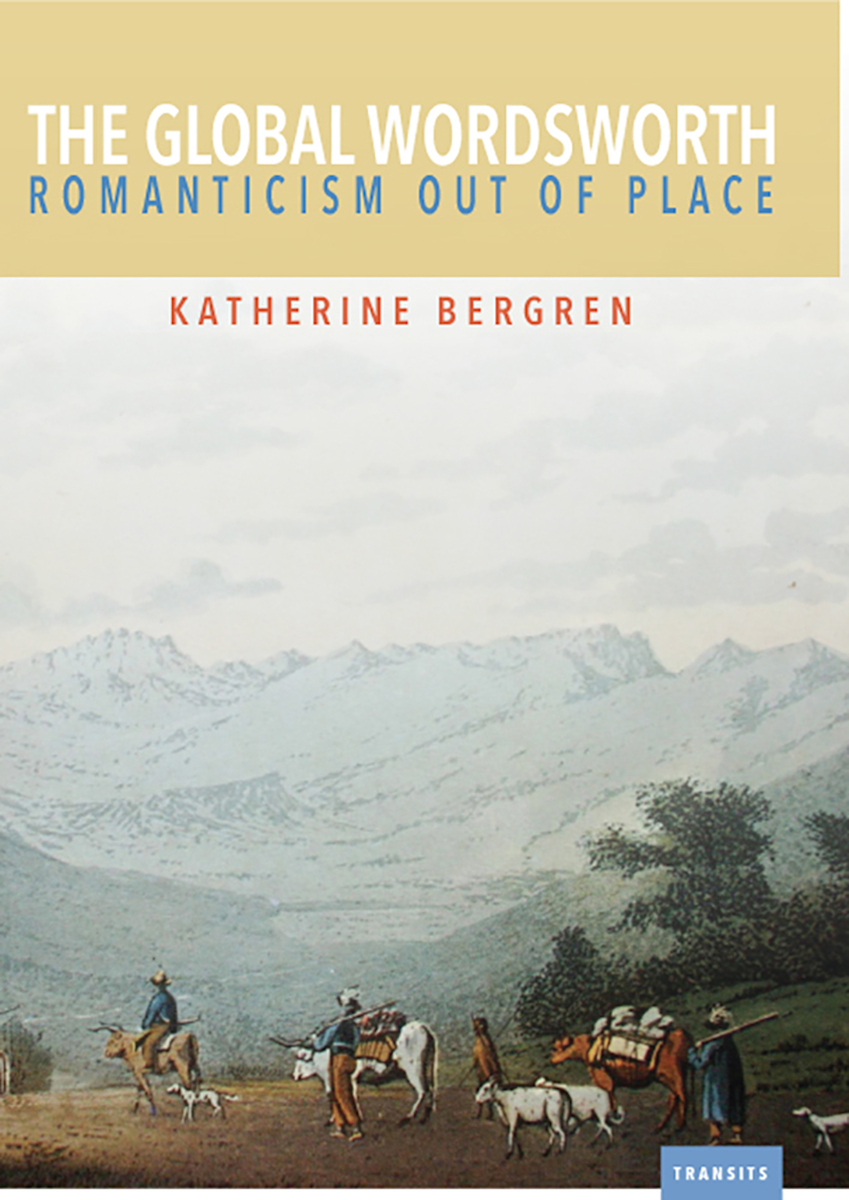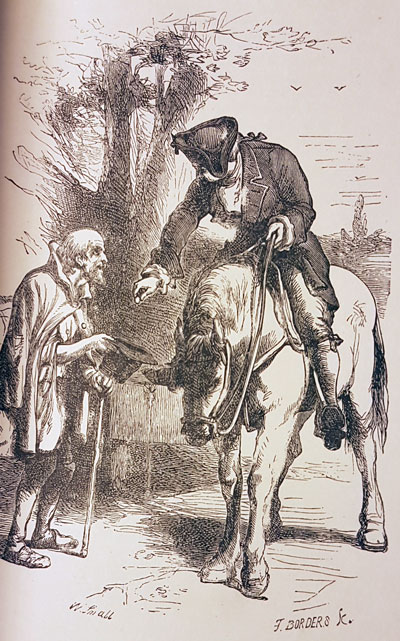
In his discussion of poetry by Charlotte Smith, Helen Maria Williams, Ann Yearsley, Mary Robinson, Joanna Baillie, and Anna Laetitia Barbauld, Wordsworth notes that 'hose who expect domesticity from women poets of this period will be disappointed'. For instance, Macaulay's prescient Letters on Education diagnosed education as the root-cause of the present female predicament, arguing that 'reated with equal rights, and equal potential, women have been formed by social pressures to a stereotype convenient to the male.' In Macaulay's writing, Wordsworth finds a precursor of Wollstonecraft's more 'modest' The Wrongs of Woman (1792) and a firmness of tone comparable to Simone de Beauvoir.

Such debates about the education of an individual are inextricable, in Wordsworth's view, from 'the larger political concerns of improving society' and so education becomes 'the focus of much of the period's intrepid thinking, in fiction as well as in essays and polemics.' This is evidenced in other works by women of the time, including Catherine Macaulay's Letters on Education (1790), Mary Hays's Emma Courtney (1796) and Appeal to the Men of Great Britain on behalf of Women (1798), and Elizabeth Inchbald's Nature and Art (1796) and A Simple Story (1791). Wollstonecraft's 'sense of the disastrous current situation' made it 'impossible for to stay on the level of practical suggestion' in Thoughts on the Education of Daughters, which became a polemic 'against contemporary society.' Elsewhere in this illuminating volume, Wordsworth is eager to emphasise that it was Wollstonecraft's first Vindication of the Rights of Men (1790), rather the Vindication of the Rights of Woman (1792), 'that made her reputation.' Wordsworth considers ' The Rights of Men a polemic, and not a political blueprint', comparing her tone to William Goldsmith or the 'young Wordsworth of Descriptive Sketches (1793), when she envisions a smiling landscape of the future'. Unsurprisingly, her Thoughts on the Education of Daughters construed of 'education in terms of marriage' and had not yet developed 'the more cutting tones of the second Vindication'.

Wordsworth deals sensitively with the double bind in which Wollstonecraft found herself as an educated female and as an impoverished writer, whose upbringing had reinforced her own expectations of marriage. Wordsworth's intelligent account of Wollstonecraft locates her in both the literary tradition of her own day and the intellectual context of John Locke and Edmund Burke.

The title of her reflections on the necessity of female education, Wordsworth reminds us, echoes John Locke's Some Thoughts concerning Education (1693), which had 'ignored the existence of girls'-an oversight that Wollstonecraft desired to redress. Even before the publication of Mary Wollstonecraft's A Vindication of the Rights of Woman (1792), other women writers recognised education as an important topic, asserting that 'umanity as a whole can make progress only if women, as the natural educators of future generations, receive an appropriate education themselves.' Wordsworth understands Wollstonecraft's Thoughts on the Education of Daughters (1787), written in 'the form of a manual', as endeavouring to address the issue of education on a practical level.

These personal and public difficulties did not become, according to Wordsworth, the explicit preoccupation of female literature in the 1780's and 1790's.


 0 kommentar(er)
0 kommentar(er)
